Even though cacti are tough plants, things can go wrong sometimes. Yellow leaves are a common result. However, it’s essential to remember that it’s a symptom. It’s not necessarily diagnostic of a specific cause. Getting your Barrel Cactus or San Pedro Cactus on the mend is a process of elimination. Fortunately, there are easy fixes from many common issues.
Dormancy
Indoor cacti enter dormancy in winter triggered by shortening days. Normal leaf drop or yellowing may occur. Monitor closely for other potential causes. During this dormancy period, reduce watering frequency to prevent root rot.
Overwatering
When starting with cacti, ensure proper watering. Some species thrive in low rainfall environments. Water only when soil is dry or use a moisture meter for accuracy. Research the specific species of cactus you have to determine its unique watering needs.
Low-Light Conditions
Certain plants thrive in low-light conditions while most cacti require more sunlight. Many of their habitats average five or more hours of sunlight a day.
Plants need sunlight to conduct photosynthesis to produce energy. Luckily, you may find that moving your Montrose Cactus to a sunny room will fix the problem.
Too Much Sun
Sunlight is beneficial, but avoid direct exposure. Surprisingly, cacti are susceptible to sunburn. Note that some species lack sufficient leaf coverage for protection.
Excessive sunlight can pose a serious threat. The outer layer shields plants from dehydration. Any harm to the cactus's exterior may invite disease. Proper placement of the cactus is crucial to avoid excessive sunlight exposure. The outer layer acts as a protective barrier against dehydration. Any damage to the cactus's exterior can make it susceptible to diseases.
Stress
Many cacti live in relatively stable environments without significant seasonal changes. That life history means they aren’t adapted for handling change well. Frequently repotting or even moving your cactus could stress the plant, causing the yellowing. The best thing you can do for your cacti is to replicate the environment in which it evolved. To ensure the health of your cacti, avoid frequent repotting or moving the plant to different locations. This can cause stress and lead to yellowing. Instead, try to mimic the natural environment in which the cactus evolved.
Nutrient Deficiency
Some cacti may develop nutrient deficiencies if you have repotted them in a while. Not giving them fertilizer occasionally can also cause it. An iron deficiency or chlorosis is a common problem with these plants. Giving your cacti a product formulated for these species will fix it.
Disease
Disease can also bring on yellowing. Root rot is a common culprit. It impairs your cactus’s means of transporting water and nutrients as it decays. The fungus will spread, causing further damage. The plant will likely die unless you take action quickly. To prevent root rot, ensure your cactus is not overwatered and has proper drainage in its pot.
Pests
Cacti are resilient plants. Nevertheless, pests like mealybugs and spider mites can cause damage to indoor plants. Properly identifying the insect is crucial. This allows for targeted pesticide application. Mealybugs and spider mites are common pests that can harm indoor cacti. Accurate identification of the insect is vital for effective treatment with pesticides.
Final Thoughts
Yellowing, benign causes or signal trouble. Many issues easy to remedy. Pay attention to clues, give cacti what it needs to survive.
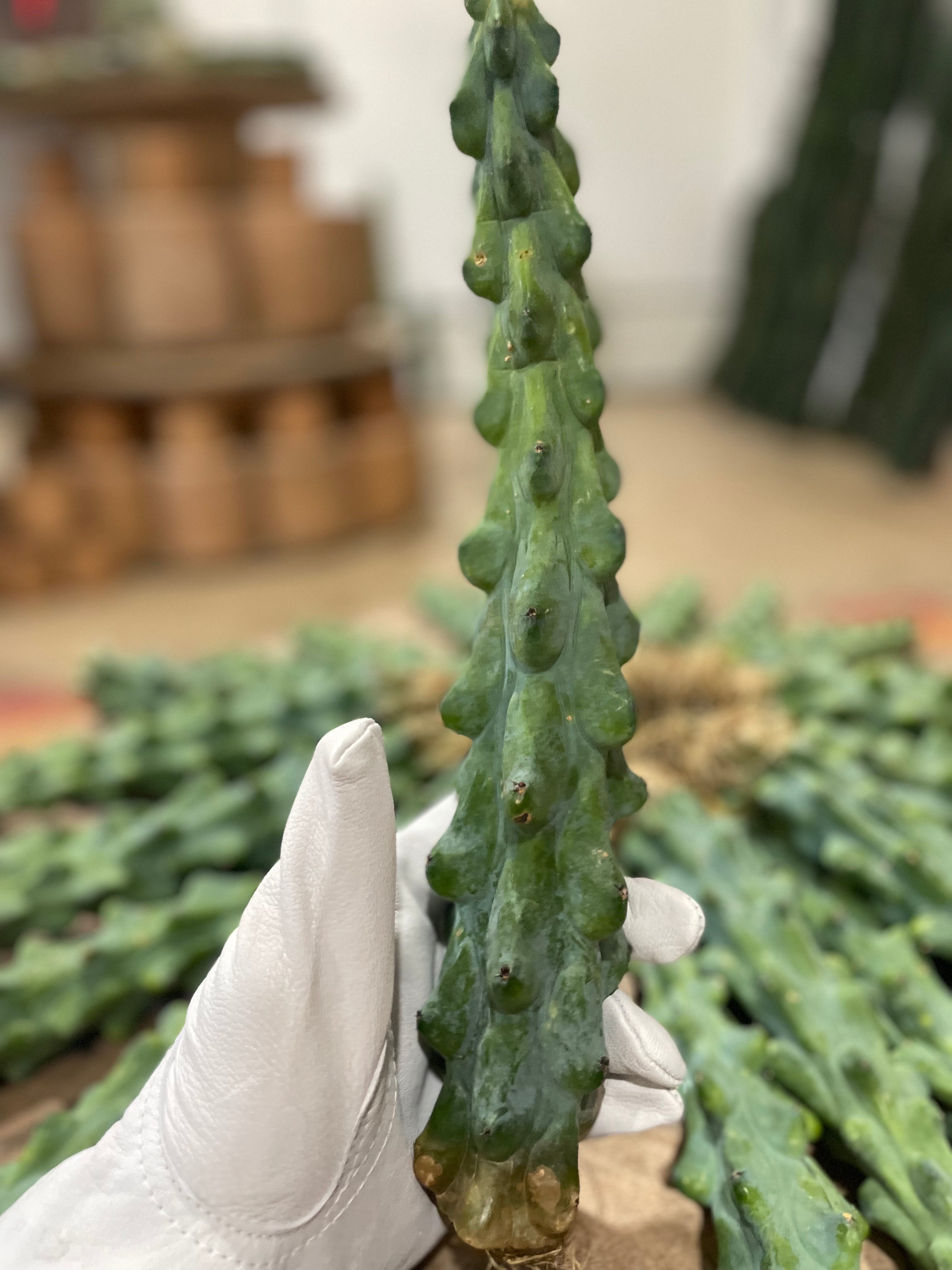
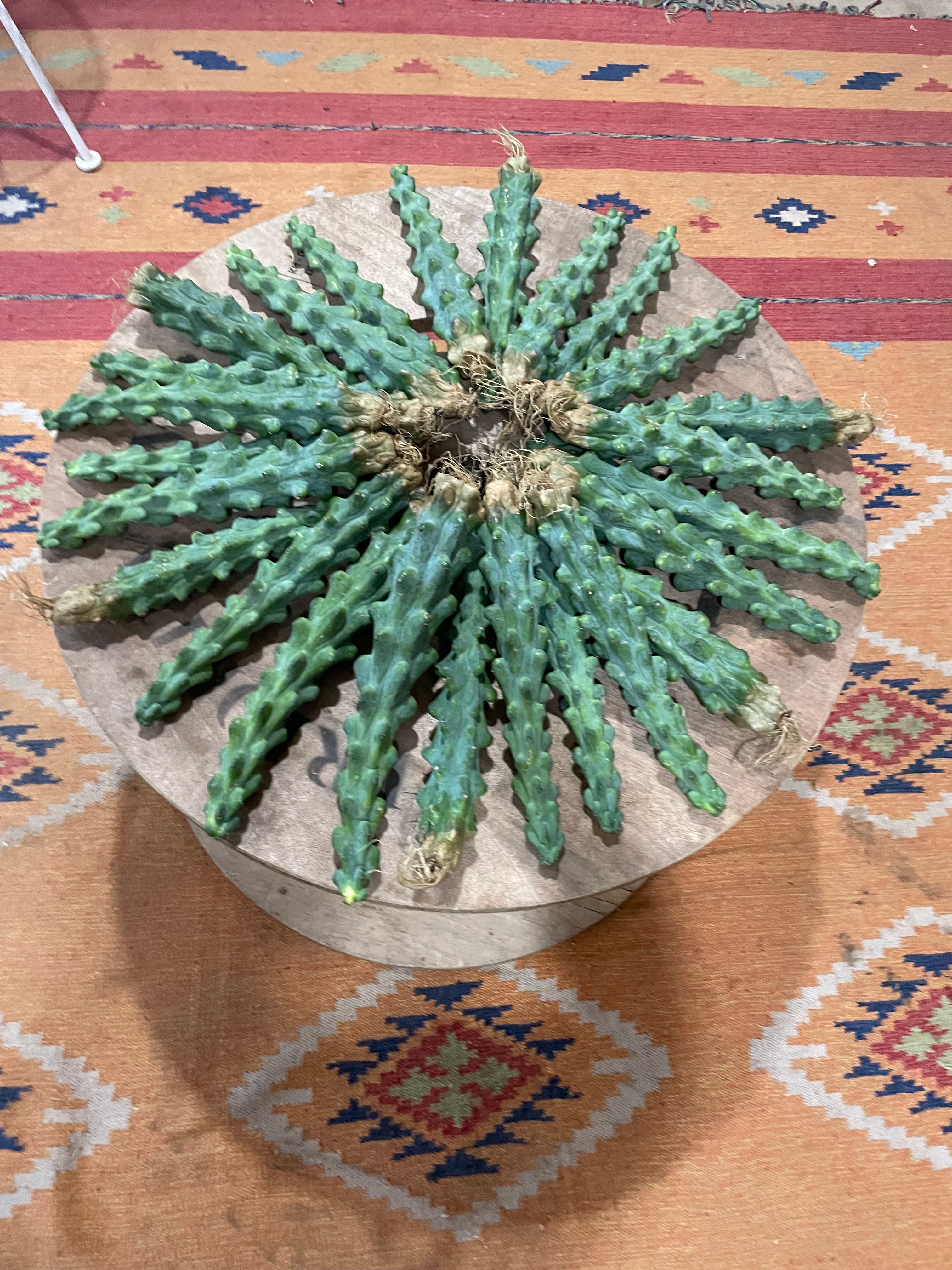
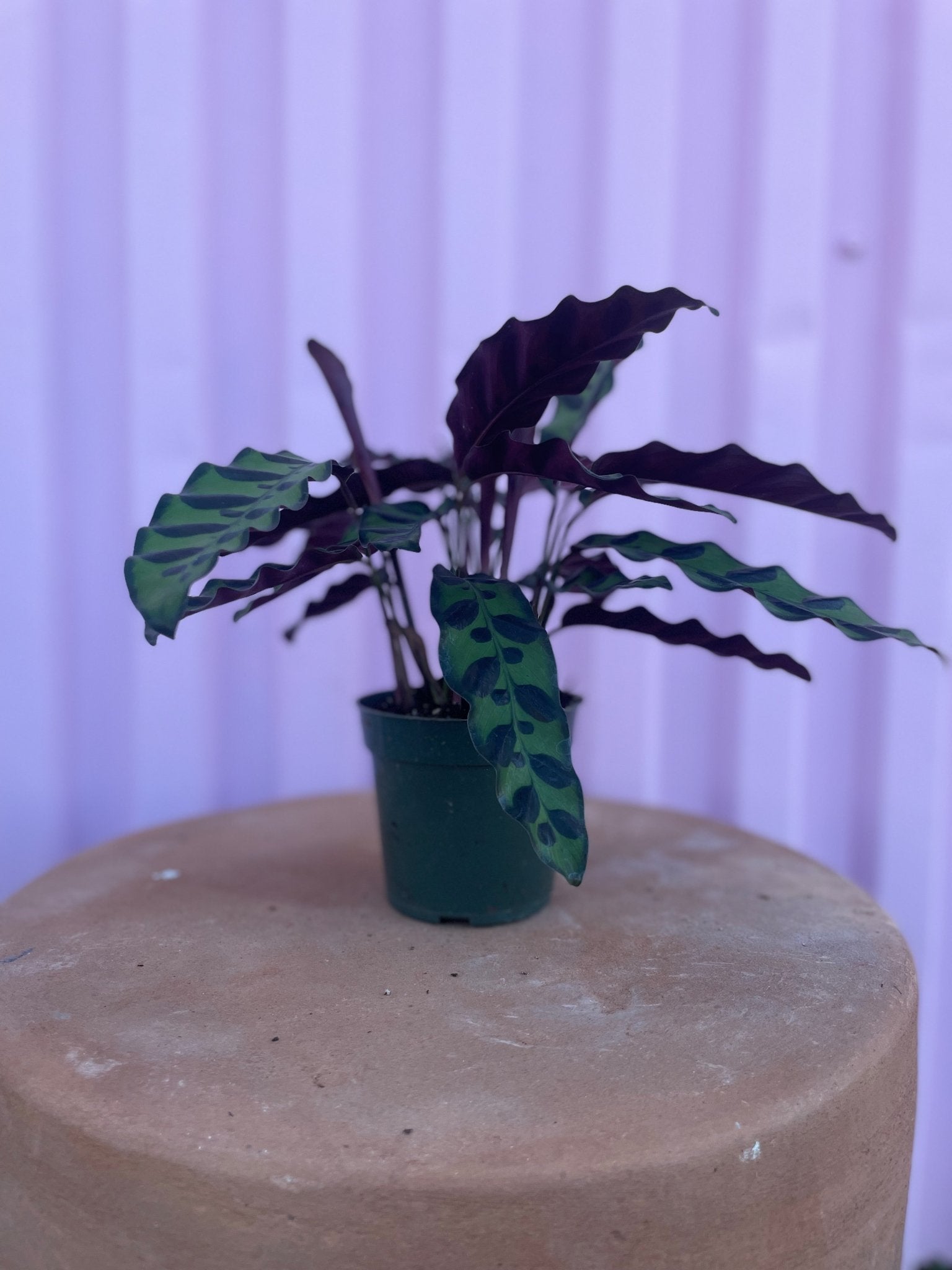
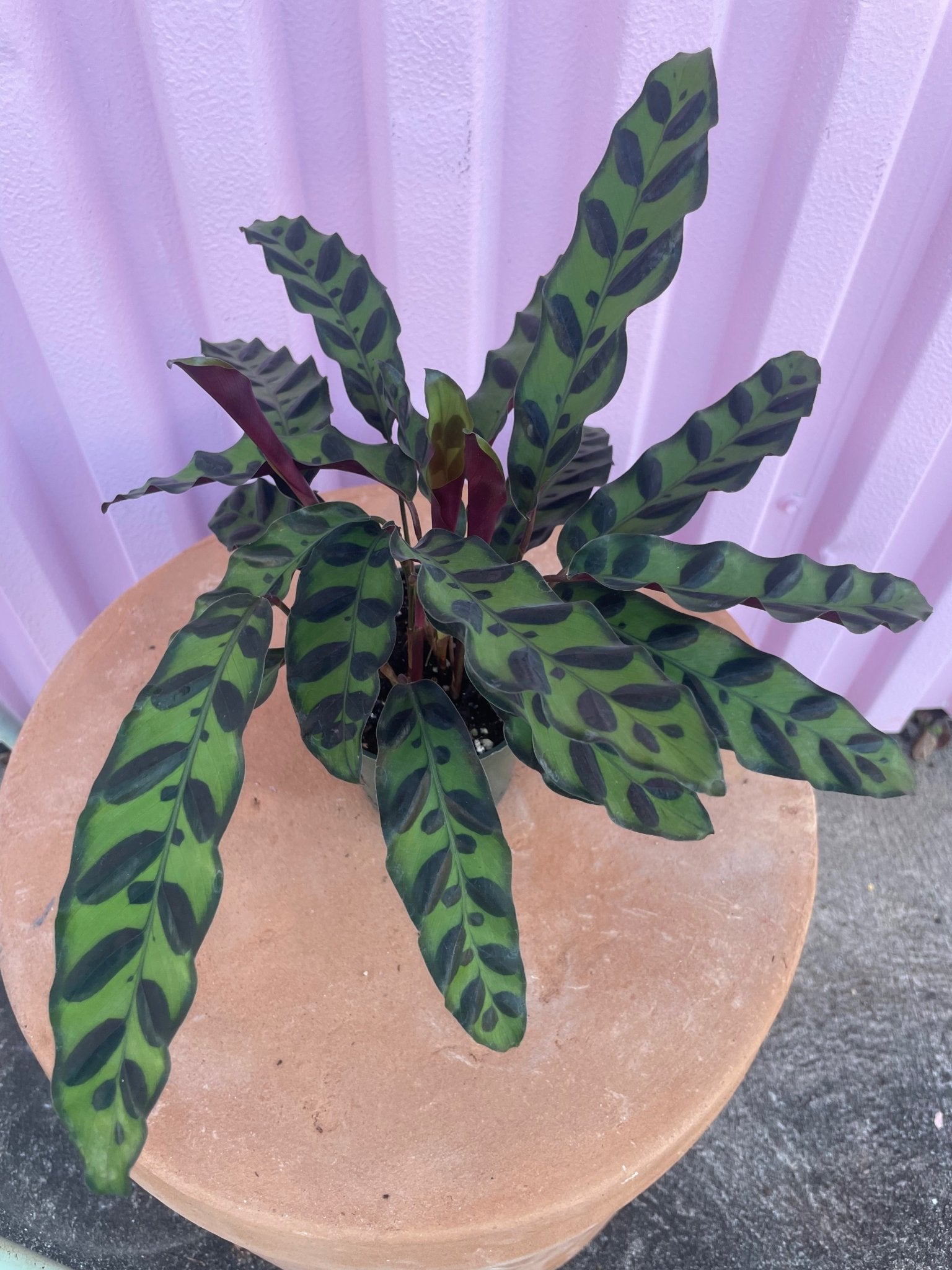
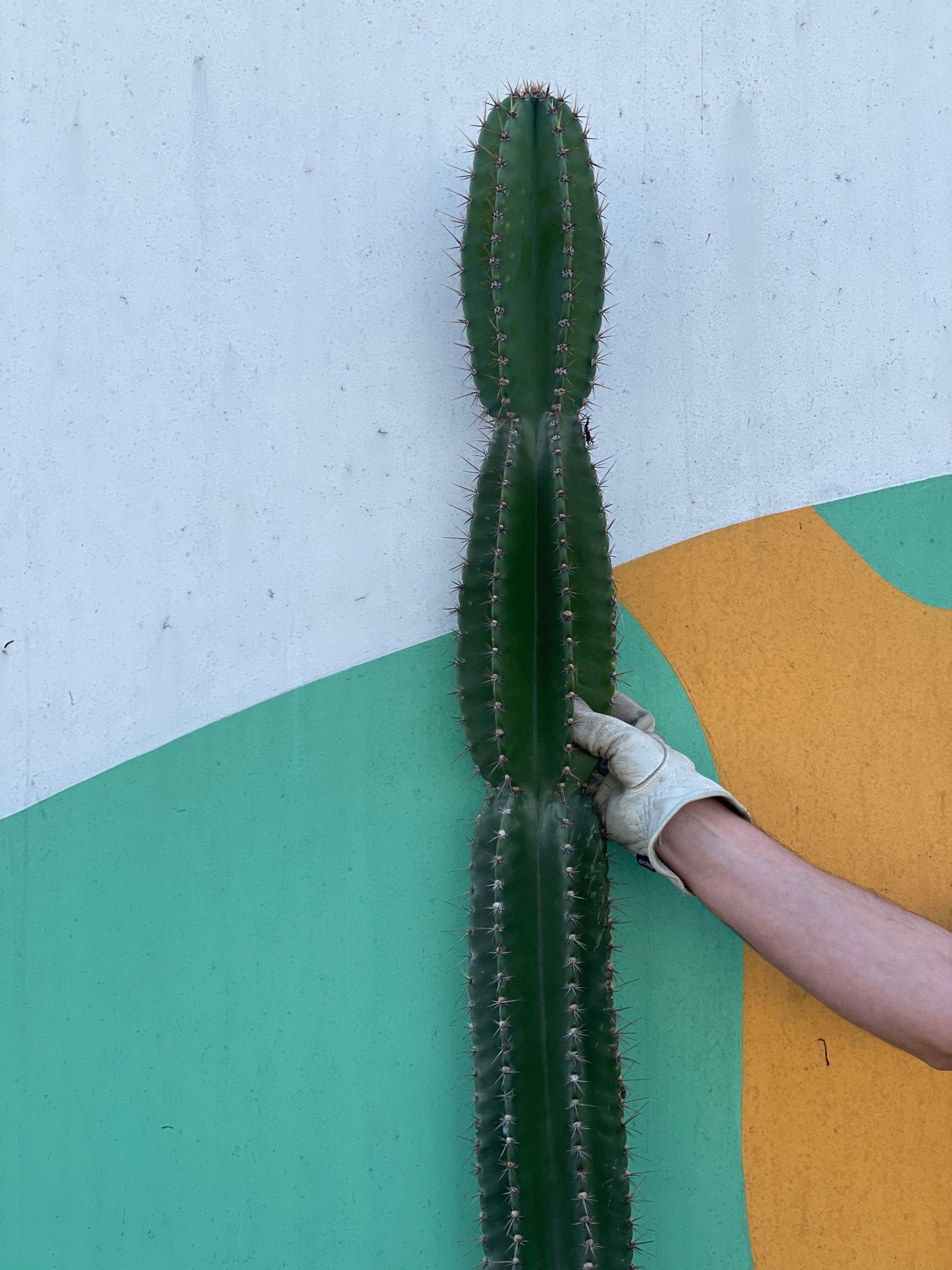
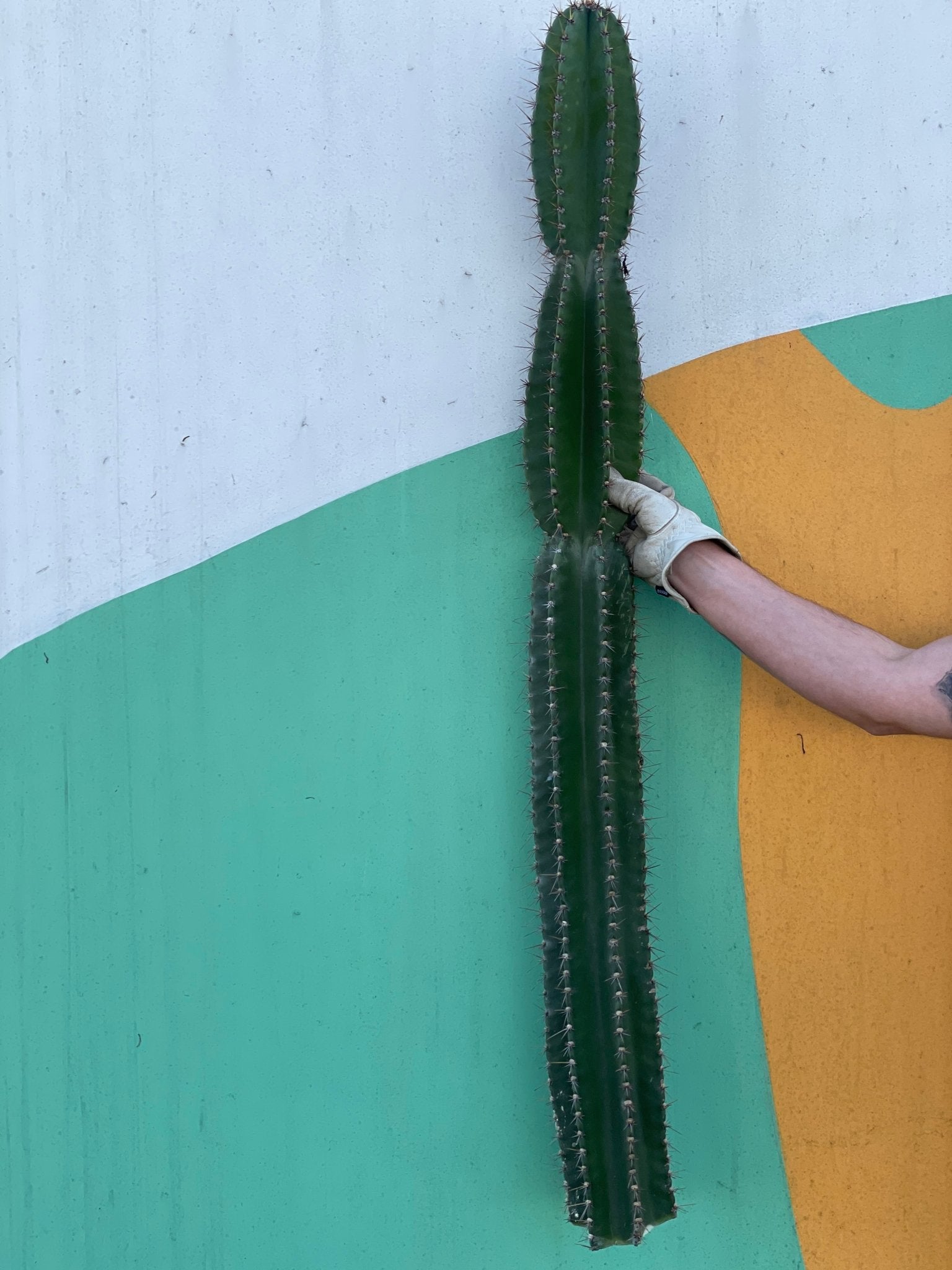
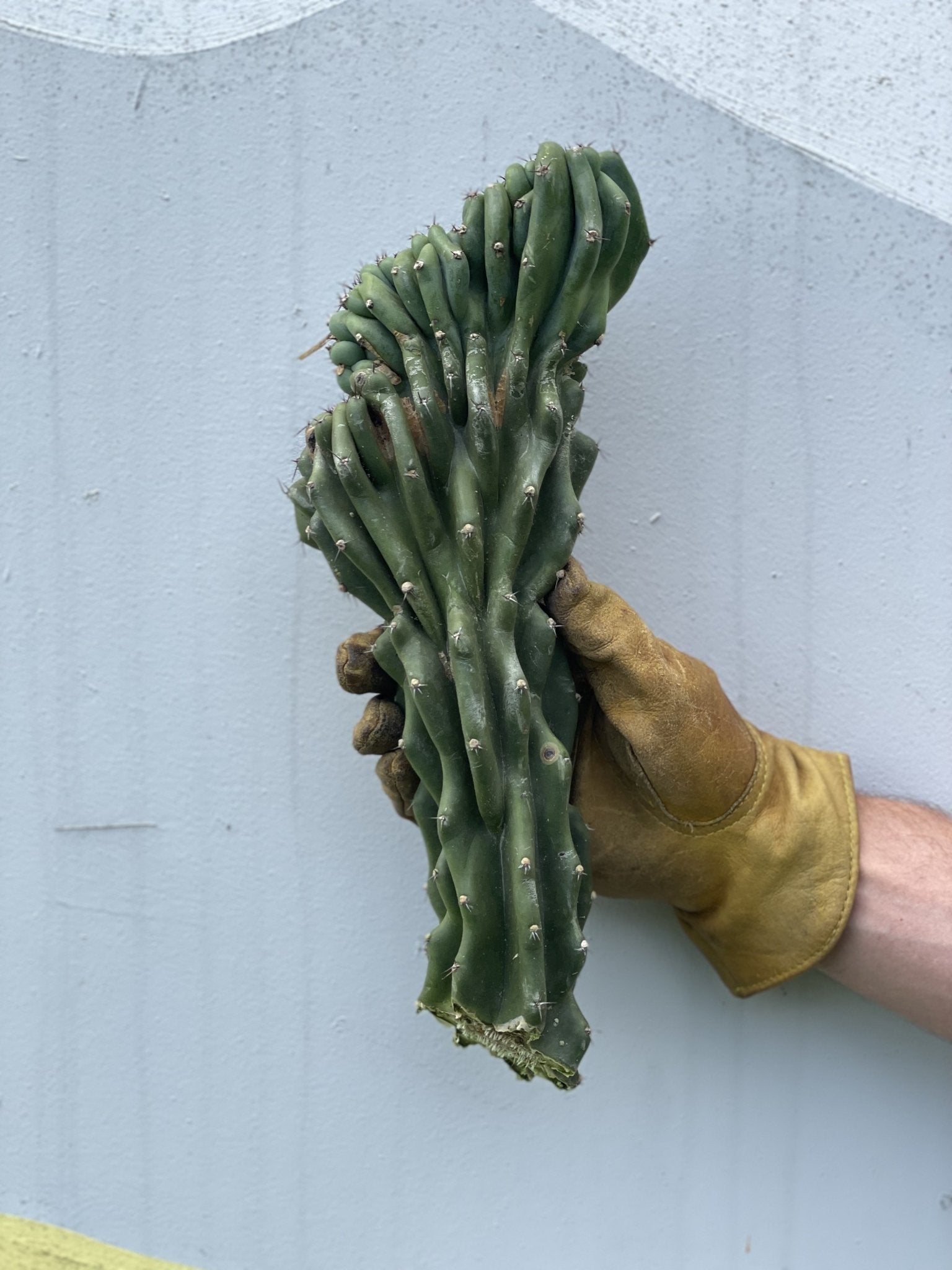
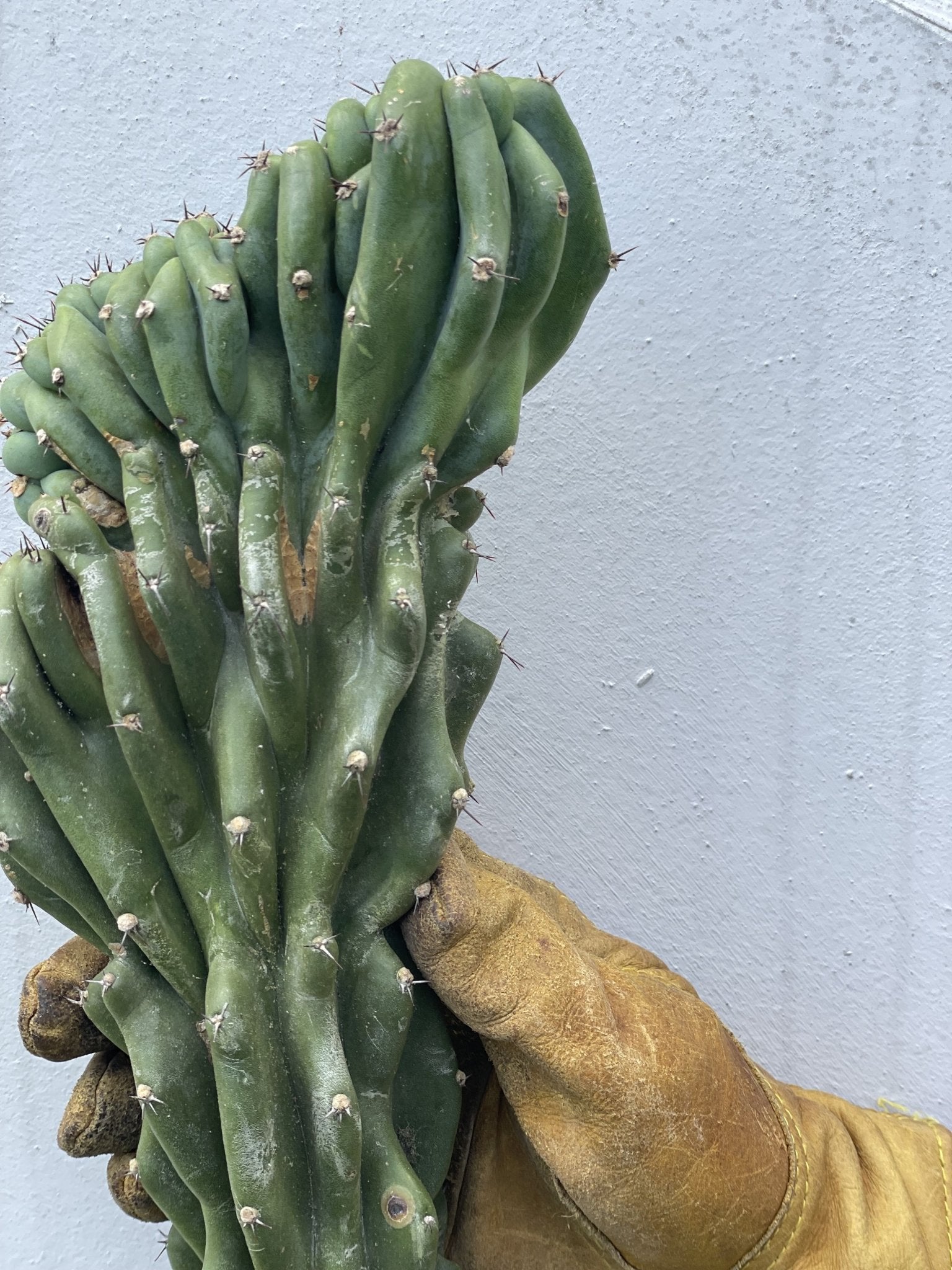


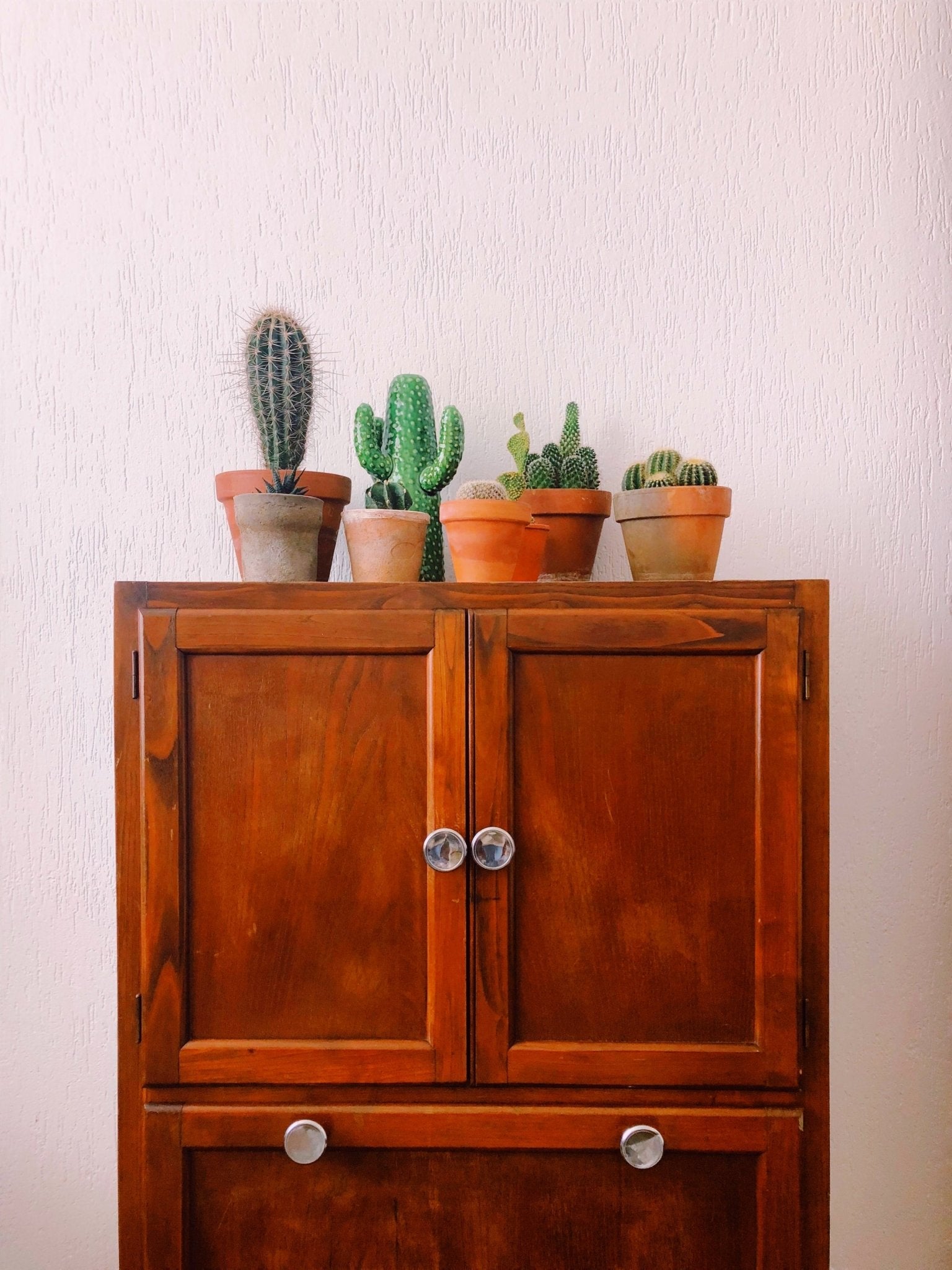
Leave a comment